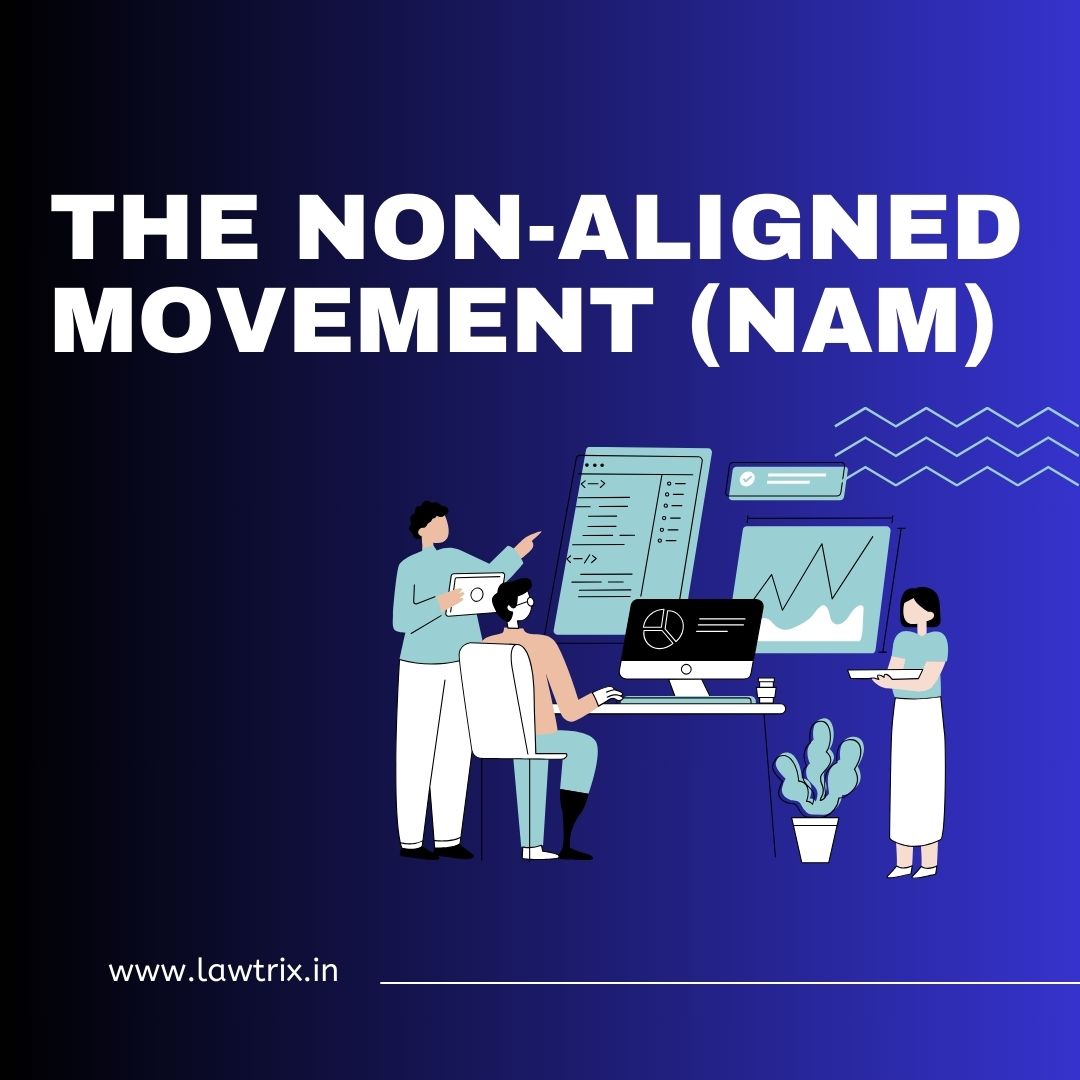


The Non-Aligned Movement (NAM) is a forum of countries that are not formally aligned with or against any major power bloc. It was founded with the view to advancing interests of developing countries in the context of Cold War confrontation. After the United Nations, it is the largest grouping of states worldwide. It is an international grouping of states that consider themselves not formally aligned with or against any major power bloc. Founded during the Cold War, NAM was established to ensure the national independence, sovereignty, territorial integrity, and security of non-aligned countries in their struggle against imperialism, colonialism, neo-colonialism, racism, and all forms of foreign aggression, occupation, domination, interference, or hegemony.
Objectives
and Principles
The
main objectives of NAM include:
1. National
Sovereignty: Preserving the independence and
sovereignty of member states.
2. Opposition
to Colonialism: Opposing colonialism, neo-colonialism,
racism, and all forms of foreign domination and exploitation.
3. Economic
Independence: Promoting economic independence and
cooperation among member countries.
4. Peace
and Security: Contributing to international peace
and security.
5. Justice
and Equality: Advocating for justice and equality in
the international system.
The
principles of NAM are based on the Bandung Conference of 1955, which include:
1. Mutual
respect for sovereignty and territorial integrity.
2. Mutual
non-aggression.
3. Non-interference
in domestic affairs.
4. Equality
and mutual benefit.
5. Peaceful
coexistence.
History
NAM
was founded in 1961 in Belgrade, Yugoslavia, with the initiative of leaders
such as Josip Broz Tito of Yugoslavia, Jawaharlal Nehru of India, Gamal Abdel
Nasser of Egypt, Kwame Nkrumah of Ghana, and Sukarno of Indonesia. The movement
emerged in response to the growing tensions of the Cold War, aiming to provide
an independent path for developing countries.
Membership
NAM
members include a diverse group of countries from Africa, Asia, Latin America,
and the Caribbean.
Structure
and Mechanisms
NAM
operates through several key structures:
1. Summits:
The highest decision-making authority is the Summit of Heads of State or
Government, held every three years.
2. Ministerial
Conferences: These conferences address specific
issues and are held between summits.
3. Coordinating
Bureau: Located at the United Nations in New York, it is
responsible for coordinating NAM activities and positions at the UN.
Activities
and Areas of Focus
NAM
focuses on several critical areas:
1. Disarmament:
Advocating for nuclear disarmament and non-proliferation.
2. Development:
Promoting sustainable development and economic cooperation among member states.
3. Human
Rights: Supporting the protection and promotion of human
rights based on mutual respect and non-interference.
4. Global
Governance: Pushing for reforms in international institutions
to ensure fair representation and equality for developing countries.
5. Peacekeeping:
Supporting UN peacekeeping efforts and promoting peaceful resolution of
conflicts.
Challenges
and Opportunities
The
NAM faces several challenges:
1. Relevance:
Maintaining its relevance in a post-Cold War world where the binary opposition
of power blocs has diminished.
2. Unity:
Achieving unity among a diverse membership with differing political systems,
economic conditions, and regional interests.
3. Influence:
Exerting influence on global issues and in international organizations where
the geopolitical landscape is dominated by major powers.
However,
NAM also presents opportunities:
1. South-South
Cooperation: Enhancing cooperation among developing
countries to address common challenges such as poverty, climate change, and
economic instability.
2. Global
Advocacy: Providing a collective voice for developing countries
in global forums to advocate for justice, equality, and development.
3. Cultural
Exchange: Promoting cultural exchange and mutual
understanding among diverse member states.
The
Non-Aligned Movement remains a significant forum for developing countries to
collaborate on political, economic, and social issues. Despite the challenges
of a changing global landscape, NAM continues to advocate for the principles of
sovereignty, independence, and non-interference, striving to contribute to a
more equitable and peaceful international order.